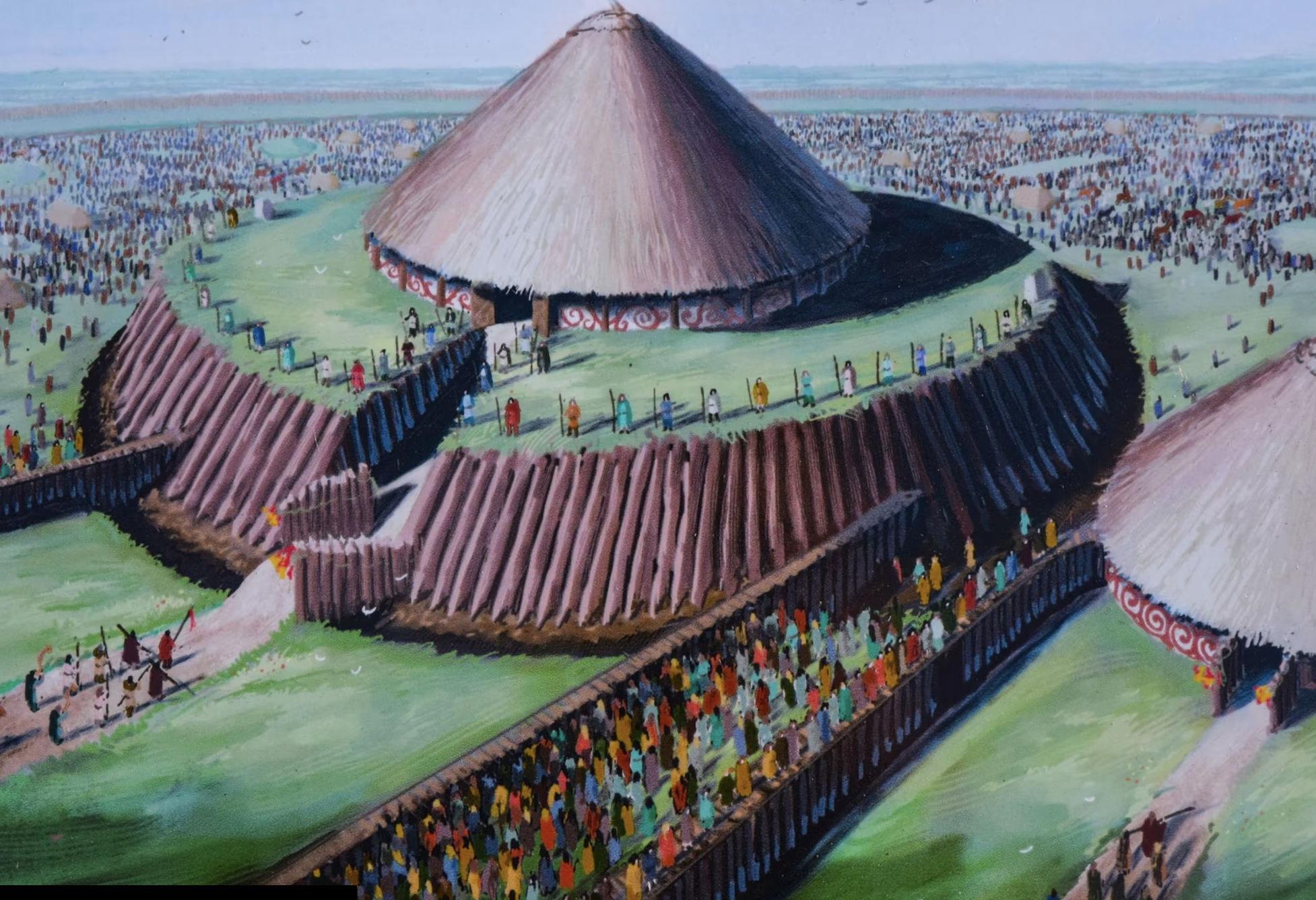72. We associate Halloween with costumes and candy but once, it was a sacred day.
Ireland’s Samhain, pronounced “SOW-in" was the new year celebration observed by the Irish Celts for thousands of years before the arrival of Christianity. Literally translated, it means “summer’s end" and it was a celebration of the last crops of the season. This celebration took place on the eve of October 31st.
A period of seasonal transition, it was a time when the Irish Celts thought the veil between worlds was at its thinnest, and that all kinds of beings could cross over into this realm. They believed our ancestors could cross over and visit their families. "Fairies" (not like Tinkerbell) or the evil sídh (pronounced ‘she’) could also enter our realm on this night. The sidh could cause your crops to whither or burn down your house.
“Hell caves” or Oweynagat, the “Cave of the Cats”, a large cave system just outside Rathcroghan in Northern Ireland was believed to be the entrance to the world where Fairies and our ancestors resided. Both would emerge from this place on Samhain.
The temple pictured above was built around the entrance. It was a gathering place for the locals during the celebration, which lasted 3 days. Encamped around the temple, festivalgoers would disguise themselves as ghouls so they wouldn’t be attacked and dragged into the other world by the Fairies.
Did the Irish hand out candy on this night? No. But they did leave offerings to their ancestors as a welcome and to the Fairies to appease them. It is believed a great feast was part of the Samhain celebration and a portion of the meal and drinks were set aside for this purpose.
If you're interested in taking up this tradition: Meals consisting of fall fruits and vegetables are a good choice. Liquid offerings can consist of alcoholic beverages, juice, or water. Tips: Set aside the first portion of a dish or drink for the offering. When selecting fresh fruit or juice, try to source locally. Use well, spring, or filtered water. Select good quality alcohol. Do not eat or drink the offering! The next day, dispose of the offerings by placing them outdoors under a tree and letting nature take its course.
Christianity had a habit of co-opting existing temples and celebrations as a way to persuade locals into participating. Around the 8th century, the church moved the Catholic holiday of All Saints Day, originally observed on May 13, to Nov. 1. For the Irish Celts, a new day started at sundown, meaning the evening of Oct. 31. “Hallow” is an old word for holy, and “All Hallows Eve” eventually morphed into the word Halloween. Then the church also moved All Souls Day, another observance of the dead, to November 2, around the 11th century.
Halloween arrived on American shores in the 1840s with the wave of Irish immigrants who were forced to leave their homeland or face starvation during the Great Famine.
How will you be celebrating Halloween? You can bet I'll be putting out offerings for my ancestors. I'll also have some candy in the shop for all the ghouls and fairies roaming the streets.
For you adults, I'm offering a 10% discount which can be used in the shop, located at 810 Washington Ave in Brooklyn, or online at spiralherbalremedies.com. The coupon is good starting today through Halloween, October 31st.
Use the code BOO! online or mention the discount when you come by the store.

